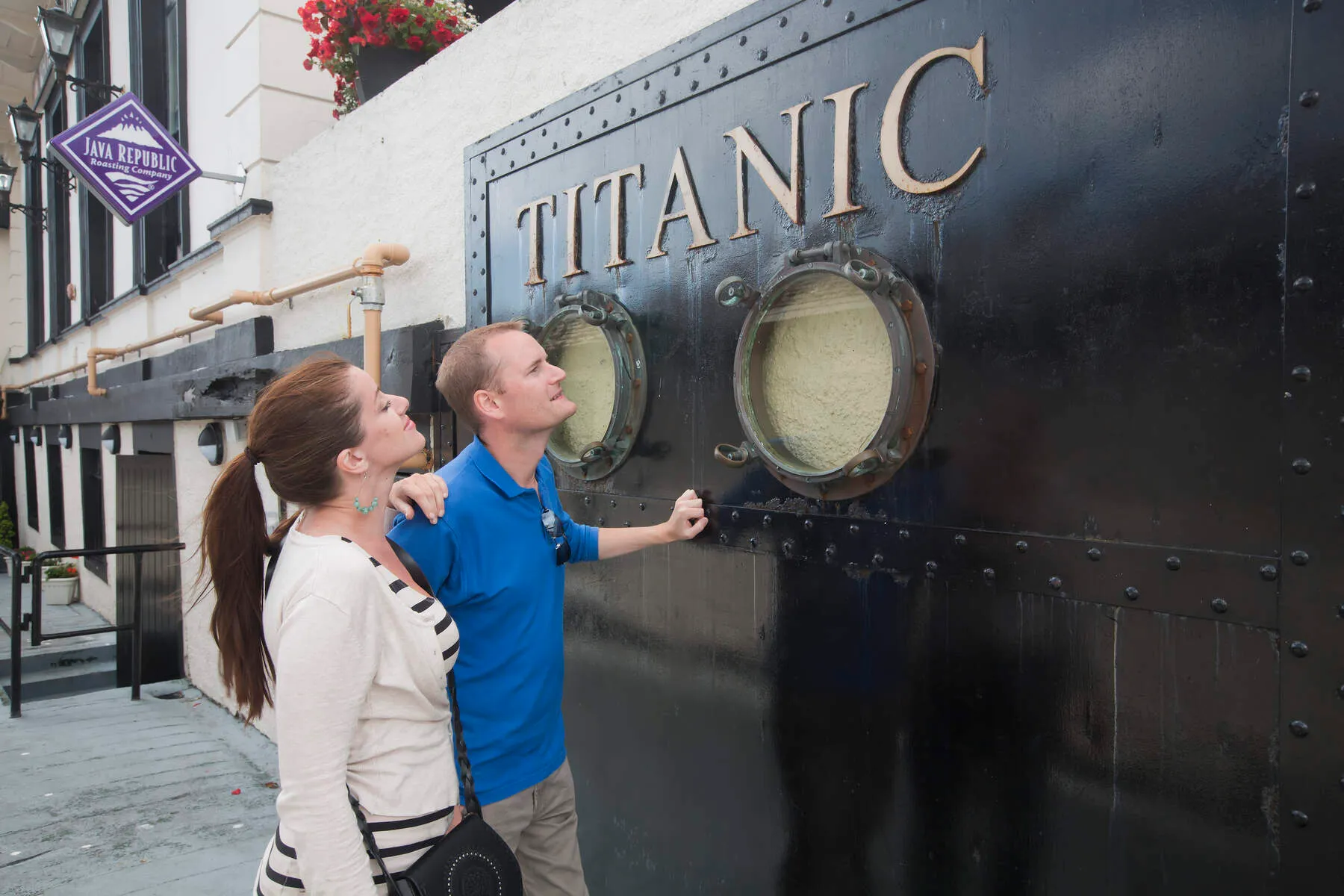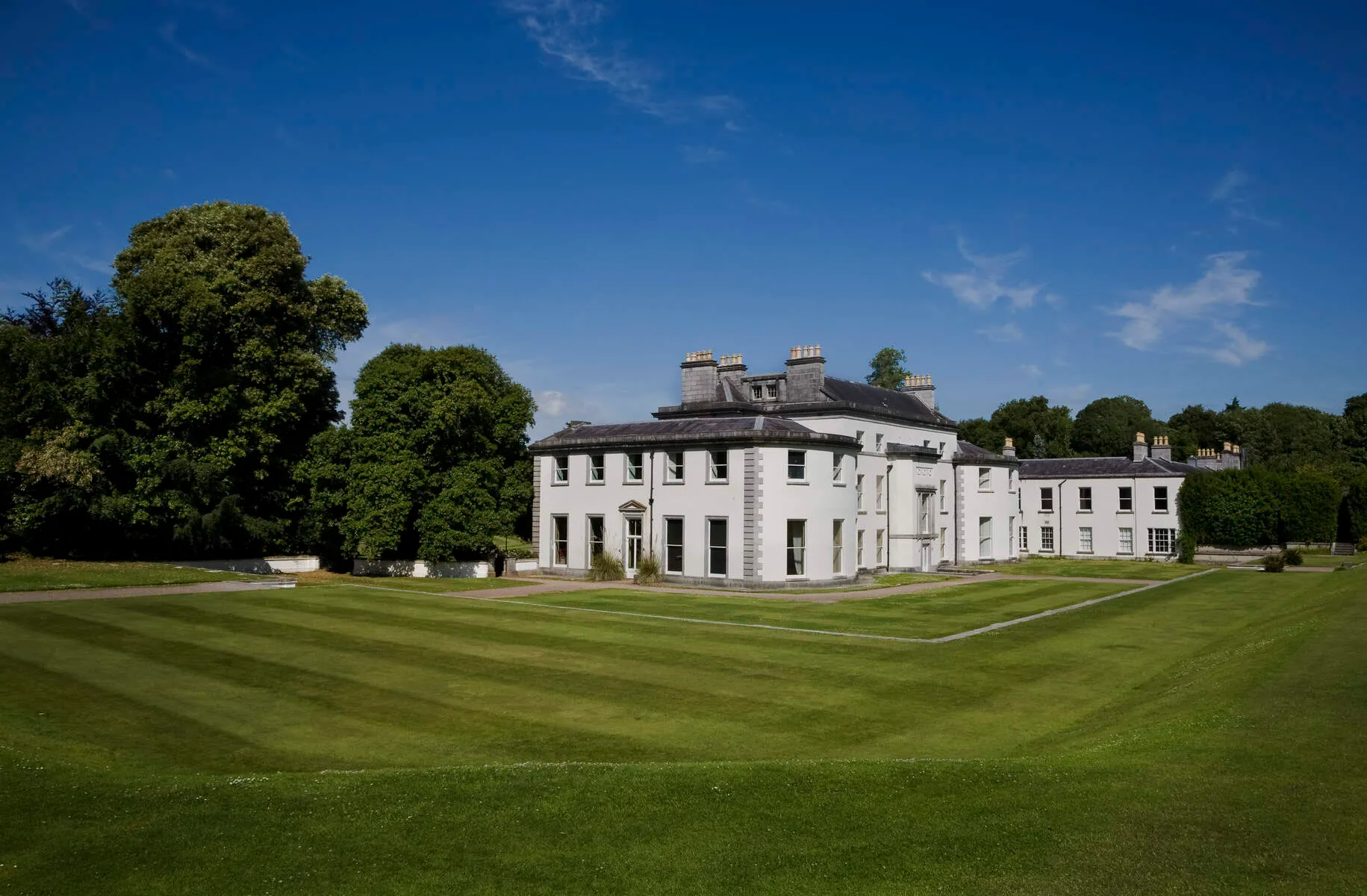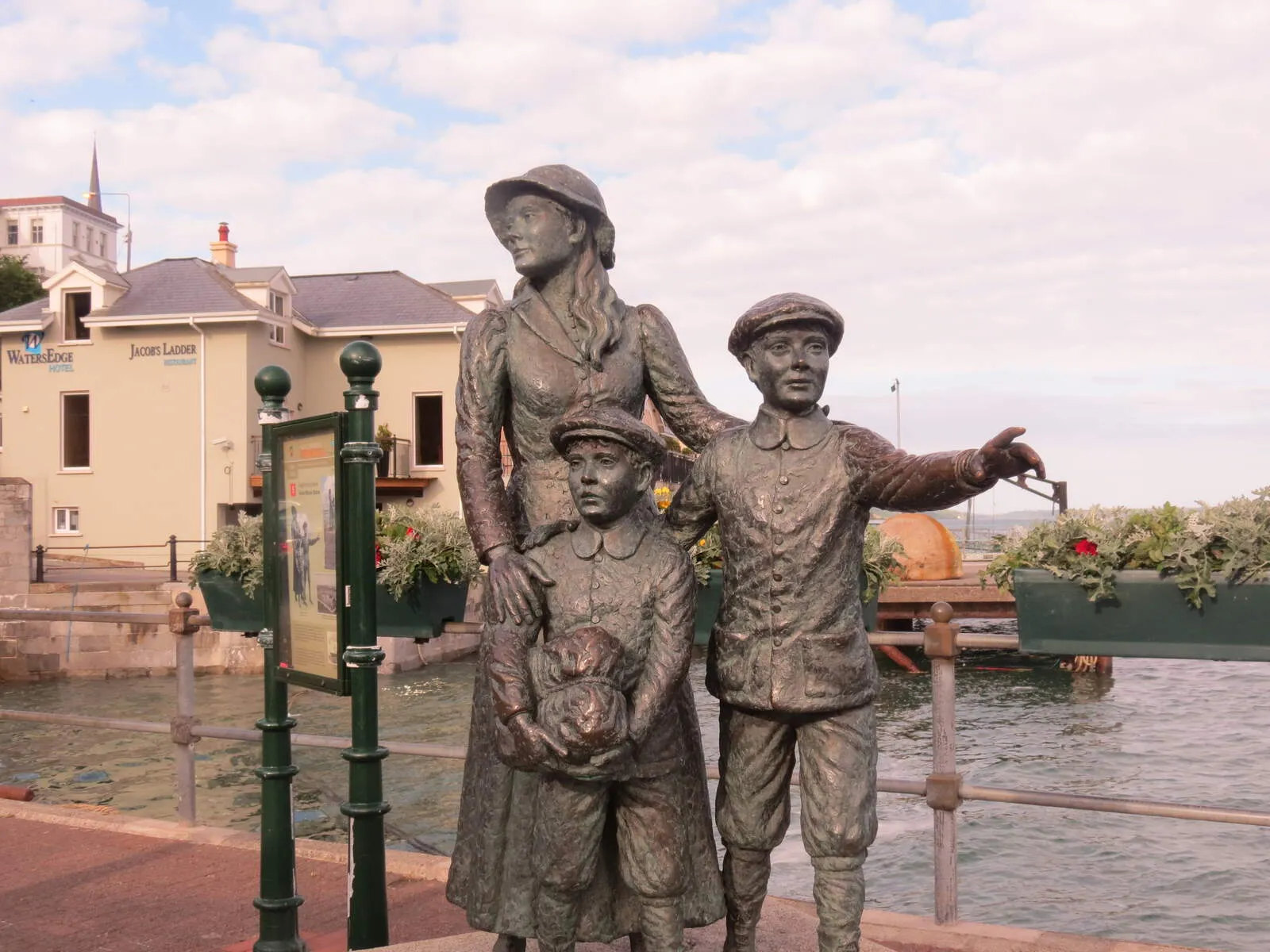Cobh, County Cork's harbor town where the salty breeze carries whispers of emigrants and echoes of a Titanic farewell, is a place where history clings to every cobblestone. Once called Queenstown, this was the last Irish port for the doomed ship in 1912 - and over three million souls embarked here toward uncertain futures across oceans. Walk the same quayside Annie Moore did before becoming Ellis Island's first registered immigrant, and delve into the Cobh Heritage Centre. Housed in a restored Victorian station, its exhibits let you trace family roots or stand beneath a haunting replica of the Titanic's hull, learning how this tiny town shaped global diasporas.
Stroll past the rainbow-hued terraces of the "Deck of Cards" houses to St. Colman's Cathedral, whose spire pierces the sky like a gothic exclamation mark. Nearby Spike Island looms across the harbor, its Napoleonic fort and prison cells whispering tales of rebellion and exile. Cruise boats glide past rugged shores toward this windswept isle, while waterfront pubs serve stories alongside pints. Cobh isn't just a destination; it's a gateway - between land and sea, memory and renewal, where every sunset over Cork Harbour feels like a silent salute to those who left… and those who remain.
Jump to section:
Things to See and Do

Spike Island
A fortified island housing a 19th-century prison and Napoleonic-era fort. Offers guided tours of the convict cells, military tunnels, and stunning Cork Harbour views accessible by ferry from Cobh.

Titanic Experience
Interactive exhibit at the original White Star Line pier recreating the final voyage of Titanic. Highlights include 3D simulations, passenger stories, and a memorial plaque for Cork's victims.

St Colman's Cathedral
Impressive neo-Gothic cathedral with Ireland's only carillon of 49 bells. Its 107m spire provides panoramic views from the hilltop location overlooking Cork Harbour.
Fota Wildlife Park
35-acre safari park featuring free-roaming tigers, giraffes, and rare birds. Includes conservation areas with Asian elephants and interactive kids' zones.

Fota House & Gardens
Regency mansion with period furnishings, artworks by Rubens/Velasquez, and 18th-century walled gardens. Features guided tours and seasonal events.

Annie Moore Statue
Commemorative bronze statue honoring the first processed immigrant at Ellis Island in 1903. Located near the White Star Line pier with interpretive panels.
The Deck of Cards
Colorful row of terraced houses along Westbourne Place offering iconic street photography opportunities and views towards St Colman's Cathedral.
Titanic Trail Cobh
Self-guided walking tour map marking 13 historic sites related to Titanic's last stop in Ireland. Includes memorials and the original tender piers.
Old Church Cemetery (Lusitania Memorial)
Final resting place for 109 Lusitania victims with mass graves and memorials commemorating the 1915 liner sinking. Includes historical interpretation boards.
Cobh Heritage Centre
Housed in a restored 19th-century railway station, this museum explores Ireland's emigration history through interactive exhibits. Focuses on the Titanic, Lusitania disasters, and Irish famine migration, with genealogy resources.
Cork Harbour Cruises
Boat tours departing from Cobh harbor offering close views of Spike Island and wildlife spotting opportunities in the world's second-largest natural harbor.
Sirius Arts Centre
Contemporary arts venue hosting exhibitions, theater performances and workshops in a converted 19th-century church. Features rotating visual art collections.
Cobh Railway Station
Preserved Victorian railway station with historic significance as the departure point for over 2.5 million emigrants, now part of the Heritage Centre exhibits.
Getting There
By Air
Cobh is approximately 30 minutes from Cork Airport (ORK) by car and slightly less by train from Cork Kent Station.
By Rail
The nearest train station to Cobh is Cork Kent Station. From there, you can take a regular commuter train service to Cobh. The journey takes around 20-25 minutes.
By Bus
You can take the bus from Cork City to Cobh using services such as Bus Éireann.
By Car
Cobh is located near the N25 road and is accessible by car from Cork City and other parts of Ireland. It's about a 30-minute drive from Blarney Castle, 25 km from Cork City, and 35 km from Blarney Castle.
By Ferry
There are ferry services available in Cobh harbor, including a 20-minute trip from Kennedy Pier to Spike Island. The Haulbowline Ferry operates within the harbor. Additionally, Ocean Escapes - Harbour Tours offers ferry services from Cork to Cobh or vice versa.
Events & Festivals 2025
There are currently no events listed. If you would like to add an event, please contact us.
History
Cobh's history is intricately woven with the narratives of emigration, maritime trade, and significant events that have shaped the town. The 19th century saw Cobh emerge as a pivotal departure point for millions of Irish emigrants seeking new lives in North America. Between 1848 and 1950, over 6 million adults and children left Ireland, with approximately 2.5 million departing from Cobh alone. This period was marked by the Great Famine, which had a devastating impact on Ireland, leading to widespread poverty and prompting mass emigration.
The town's strategic location within Cork Harbour made it an ideal refuelling and assembly point for British naval and commercial ships during the French Revolutionary and Napoleonic Wars. Cobh's architecture and streetscape are distinctly Victorian, reflecting its growth into a busy town during this era. The Cathedral of St. Colman, with its 49-bell Carillon, dominates the town's skyline, standing as a testament to its rich history.
Cobh is famously associated with the RMS Titanic, which made its last stop at the town before embarking on its ill-fated maiden voyage in 1912. A total of 123 passengers boarded the ship at Cobh, with only 44 surviving the tragedy. The Titanic Experience Cobh, located within the original White Star Line ticket office, tells the story of these passengers and their journey.
Another significant event linked to Cobh is the sinking of the Lusitania by a German U-boat in 1915. Over 1,198 people lost their lives, with many of the survivors and victims brought to Cobh. The town's residents responded with remarkable courage and compassion, providing aid to those affected. Today, visitors can pay their respects at the Lusitania Peace Memorial in Casement Square.
Spike Island, situated in the harbour, has a complex history, having been used as a monastic settlement, a star-shaped defensive fort, and a prison. It was here that convicts awaiting transportation to penal colonies were held. The island is now a heritage tourist attraction, offering insights into its multifaceted past.
Annie Moore, who left Cobh with her brothers in 1891, became the first immigrant to be processed at Ellis Island when it opened in 1892. Her journey symbolizes the millions of Irish emigrants who passed through Cobh on their way to new lives in America. A statue of Annie Moore and her brothers stands outside the Heritage Centre, serving as a poignant reminder of Cobh's role in Irish emigration history.
Throughout its history, Cobh has been visited by notable figures, including Queen Victoria, whose visit in 1849 led to the town being renamed Queenstown until 1922. The town's connection to the sea and its strategic position have made it a significant location for maritime trade and emigration, earning it a unique place in Irish history.